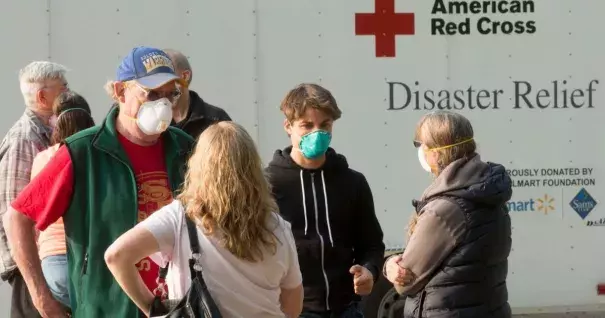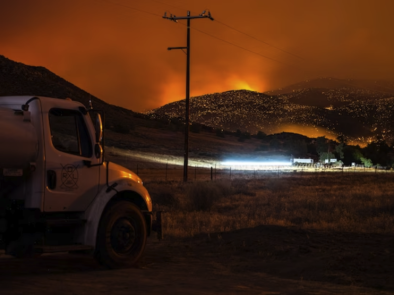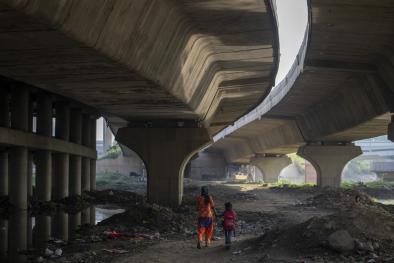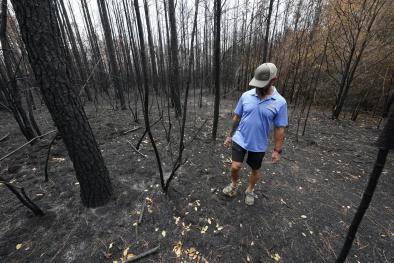Coronavirus complicates California wildfire preparation, raising worry over evacuation shelters

Climate Signals Summary: Climate change is increasing the size, frequency, and intensity of California wildfires through hotter temperatures, drier conditions, and lower snowpack.
Article Excerpt: With the traditional start of California’s dreaded wildfire season approaching, the spread of the coronavirus has threatened to complicate state firefighting efforts.
Although top emergency officials say they are hopeful that the spread of COVID-19 will taper off by the time serious fire weather arrives in the fall, the outbreak has already forced departments to put large training exercises on hold, cancel controlled burns and delay inspections of fire-prone properties in Los Angeles.
Of greatest concern to American Red Cross officials is preventing the spread of illness at evacuation centers, which can quickly grow crowded with evacuees of all ages.
...
In just the last few years, California has experienced some of its deadliest and most destructive wildfires on record, and officials say climate change is increasing the likelihood of such devastating blazes in the future. These larger fires have required ever larger numbers of firefighters who travel throughout California or come from other states to assist.
...
“We will only open a shelter if health officials think it’s safe to do so and we’re taking every precaution,” said Trevor Riggen, senior vice president of disaster cycle services for the American Red Cross.
Those precautions would start the moment evacuees arrive at the shelter, where they’d find workers wearing protective gear.
...
Recently, the U.S. Forest Service announced that all prescribed burns in California were canceled to minimize smoke exposure for those already vulnerable to COVID-19.
Prescribed, or controlled, burns involve the deliberate burning of wildland to reduce the amount of plant matter that can fuel larger fires’ spread. The technique is most often used in the northern part of the state.
Also, a refresher training session on how to manage a large incident for the state’s fire commanders has been delayed and may end up being a videoconference, officials with the California Department of Forestry and Fire Protection said.
...
Amid the silent march of the coronavirus, however, there has been some good news for firefighters.
Late-season rains in March helped reduce some of the spring fire risks Californians were facing after one of the state’s driest Februaries on record.
“This much rain is definitely going to help with alleviating the chances of wildfires in the spring, but probably not going to help out with our normal wildfire season in the fall,” said Alexander Gershunov, a research meteorologist at UC San Diego’s Scripps Institution of Oceanography. “It’s actually going to grow the fuels a little more.”
Related Content






